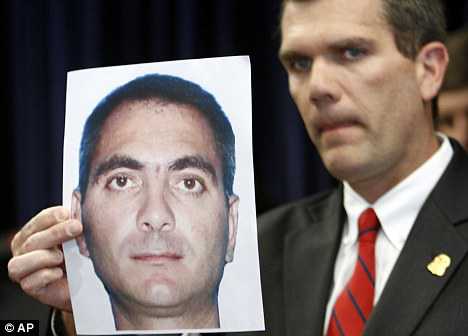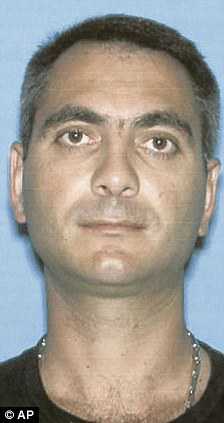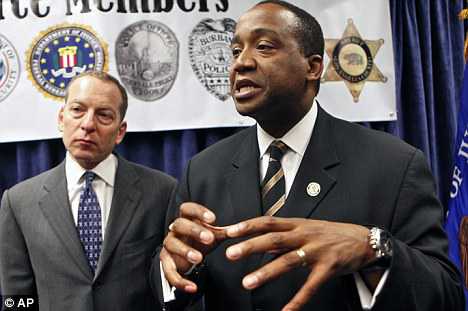
Rebuttal to ZAMAN article by Cengiz Aktar:
“DEEP DINKISTS” ARE DISTORTING HISTORY
TO MAKE GENOCIDE CHARGES STICK
Jewish holocaust is a court-proven fact; Armenian Genocide, a discredited political
claim. Holocaust is supported by a competent tribunal, Nuremberg; where is the
Armenians’ Nuremberg?
To call 1915 a genocide would be to equate much-discredited Armenian narrative
to factual Jewish experience. It would be an insult to the silent memory of six
million Jews who were killed just for being Jews. Whereas Armenians resorted to
terrorism (1862-1922, Nalbandian) revolts (1877-1920, McCarthy) and treason
(1914-1922, Pope) and caused 515,000 Turks and other Muslims to meet their
tragic ends at the hands of Armenian revolutionaries. Jews did not commit any of
those heinous acts in 1930s or 1940s. So how can any fair person treat the two
events similarly? The UN, the US, the UK, Australia, Israel, Sweden and many
other countries reject the use of the term genocide to describe the Turkish-
The landmark decision of the highest court in Europe, the European Court of
Human Rights (ECHR) dated Dec 17, 2013 on Perincek vs Switzerland also
supports this position. Convicting Switzerland for violating Turks’ rights to free
speech and expression, ECHR verdict was based on solid facts and reasoning.
ECHR correctly stated that “[t]he existence of a ‘genocide’, which was a precisely
defined legal concept, was not easy to prove… (ECHR) doubted that there could
be a general consensus… given that historical research was, by definition, open to
discussion and a matter of debate, without necessarily giving rise to final
conclusions or to the assertion of objective and absolute truths”.
Thus, the ECHR created a legal precedent of inadmissibility of any comparison
between the court-proven Jewish Holocaust and the discredited Armenian political
claims, as the latter lacks what the former clearly has: concrete historical facts,
clear legal basis, and existence of the “acts had been found by an international
court to be clearly established”.
If one needs further proof of the fallacy of the Armenian Genocide, one can simply
look at this photo at http://www.ethocide.com/ which refutes the entire Armenian
narrative. Do these people in the photo look like “poor, starving, unarmed, helpless
Armenians? Taken in 1906—nine years before 1915–it depicts cadets in full
uniform at an Armenian Military Academy in Bulgaria, arrogantly brandishing
their Russian-made MOSIN rifles. The Armenian Revolutionary Federation used
these weapons since 1893 in Eastern Anatolia and the Caucasus, and the Balkans,
murdering Muslim, mostly Turkish, civilians—including my grandparents and
exterminating the Turkish population of the village of KIRLIKOVA (hence my last
name.) My father, as a one-year-old baby, was the sole survivor under conditions
Let the historical facts speak for themselves:
1914 “…Armenian nationalist movement had blossomed since the turn of the
(20th) century, armed and encouraged by the Russian, and several minor coups
were repressed by the YOUNG TURK government before 1914. Denied the right to
a national congress in October 1914, moderate Armenian politicians fled to
BULGARIA, but extreme nationalists crossed the border to form a rebel division
with Russian equipment. It invaded in December an slaughtered an estimated
120,000 non-Armenians while the TURKISH ARMY was preoccupied with
mobilization and the CAUCASIAN FRONT OFFENSIVE TOWARD
Source: The Macmillan Dictionary of The First World War, Stephen Pope &
Elizabeth-Anne Wheal, Macmillan Reference Books, London, 1997, ISBN 0 333
68909 7 (and 2003, ISBN 0 85052 979-4,) page 34.
1917 “…For fourteen days, I followed the Euphrates; it is completely out of the
question that I during this time would not have seen at least some of the Armenian
corpses, that according to Mrs. Stjernstedt’s statements, should have drifted along
the river en masse at that time. A travel companion of mine, Dr. Schacht, was also
travelling along the river. He also had nothing to tell when we later met in
Baghdad… …In summary, I think that Mrs. Stjernstedt, somewhat uncritically, has
accepted the hair-raising stories from more or less biased sources, which formed
the basis for her lecture…”
Source: H.J. Pravitz, A Swedish officer, Nya Dagligt Allehanda, 23 April, 1917
issue (A Swedish Newspaper published from 1859 to 1944)
1923 “…In some towns containing ten Armenian houses and thirty Turkish houses,
it was reported that 40,000 people were killed, about 10,000 women were taken to
the harem, and thousands of children left destitute; and the city university
destroyed, and the bishop killed. It is a well- known fact that even in the last war
the native Christians, despite the Turkish cautions, armed themselves and fought
on the side of the Allies. In these conflicts, they were not idle, but they were well
supplied with artillery, machine guns and inflicted heavy losses on their
Source: Lamsa, George M., a missionary well known for his research on
Christianity, The Secret of the Near East, The Ideal Press, Philadelphia 1923, p 133
1928 “…Few Americans who mourn, and justly, the miseries of the Armenians, are
aware that till the rise of nationalistic ambitions, beginning with the ‘seventies, the
Armenians were the favored portion of the population of Turkey, or that in the
Great War, they traitorously turned Turkish cities over to the Russian invader; that
they boasted of having raised an Army of one hundred and fifty thousand men to
fight a civil war, and that they burned at least a hundred Turkish villages and
exterminated their population…”
Source: John Dewey, The New Republic, 12 November 1928
1976 “… The deafening drumbeat of the propaganda, and the sheer lack of
sophistication in argument which comes from preaching decade after decade to a
convinced and emotionally committed audience, are the major handicaps of
Armenian historiography of the (Armenian) diaspora today…”
Source: Dr. Gwynne Dyer, a London-based independent journalist, 1976
1988 “…In all the countries, under all the regimes, the staff of the armies in the
field evacuate towards the back, the populations which live in the zone of fights
and can bother the movement of the troops, especially if these populations are
hostile. Public opinion does not find anything to criticize to these measures,
obviously painful, but necessary. During winter of 1939-1940, the radical –
socialist French government evacuated and transported in the Southwest of
France, notably in the Dordogne, the entire population of the Alsatian villages
situated in the valley of the Rhine, to the east of the Maginot line. This German-
speaking population, and even sometimes germanophil, bothered the French army.
It stayed in the South, far from the evacuated homes and sometimes destroyed until
1945….And nobody, in France, cried out for inhumanity…”
Source: Georges de Maleville, lawyer and a specialist on the Armenian question,
La Tragédie Arménienne de 1915, (The Armenian tragedy of 1915), Editions F.
Sorlot-F. Lanore, Paris, 1988, p 61-63
2005 “…From 1911 to 1923, the Ottoman Empire and the people of Turkey
participated in five long, hard, and destructive wars. These were the Tripolitanian
War / Trablusgarb Harbi / Türk Italyan Harbı (1911-1912), the two Balkan Wars
(1912-1913), World War I (1914-1918), and the Turkish War of National
Liberation (1918-1923). To most Turkish people who lived through that era, these
wars were really only one, the Seferberlik, or period of mobilization, which went
on continuously throughout these years.
During these wars, the entire infrastructure of life in the Ottoman Empire
was destroyed. Fields were left barren and uncultivated; roads and railroad lines
were destroyed and their equipment wrecked; harbors and quays were blown up by
repeated bombing, and many of the people living nearby were killed; Istanbul and
the other great cities of the empire were partially destroyed by bombing,
bombarding and great fires. The entire nation, thus, was for all practical purposes
destroyed. One of the greatest miracles of Atatürk’s leadership during and after
the Turkish War of National Liberation was the manner in which he was able to
raise the Turkish people from this wreckage and lead them to revive and
reconstruct what became the Turkish Republic.
In the midst of all this destruction, no fewer than 30 percent, one third, of all
the people who lived in the Ottoman Empire at the start of the war died. In the war
zones, Macedonia and Thrace, western Anatolia, northeastern Turkey and
southeastern Turkey, that percentage was as high as sixty or even seventy percent,
much higher than any other country that was involved in these wars. No-one was
counting, so it is very difficult to give actual figures, but perhaps no fewer than
four million people died in the lands of the Ottoman Empire during these wars, and
these were people of all races and religions, all ethnic origins, they were Muslims,
Jews and Christians, they were Turks and Armenians, Arabs and Greeks, and
Source: From “The Ottoman Holocaust”; a lecture delivered by Stanford J.
Shaw (1930-2006, Professor of Modern Ottoman History, Bilkent University,
Ankara, Turkey; Professor of Turkish History, University of California, Los
Angeles,) to the First International Symposium on Armenian Claims and The
Reality of Azerbaijan, sponsored by the Atatürk Research Center, 5 May 2005,
Ankara, Turkey, 1990
What we need is honest research, reasoned debate, and civilized dialogue, not
name-calling, deceptions, and partisan monologues that lead to more polarization.
Ergun KIRLIKOVALI
Son of Turkish survivors from both paternal and maternal sides of
atrocities committed by Armenian cadets and Balkan Ottoman-
Christians (www.ethocide.com )
His father was the sole survivor, as a one-year-old baby, of the
massacres of October 1912
tellers/ and was cared for by the Bebek Orphanage in Istanbul
WAL_History_Forging_Turkish_Identity )
His mother was one of the few survivors of her family subjected to
massacres in 1912, Skopje, who migrated to Anatolia and grew up in
The untold story of pain and suffering of his parents and masses of
other faceless, nameless Turkish victims of Ottoman-Christian
militias, especially of Armenians in the East and Greeks in the West,
during 1911-1923 is the single most powerful driving force behind his
modest efforts “to tell the other side of the story.”
Key words: Armenian, genocide, cengiz Aktar, Ergun Kirlikovali,
Hrant dink, Tereset, Ethocide, mosin, Kirlikova, Sarishaban, Drama,
Kavala, Doksat, Doxat, dinkist, deep dinkist, derin dinkciler, ECHR,
perincek, Turkey, Anatolia, first world war
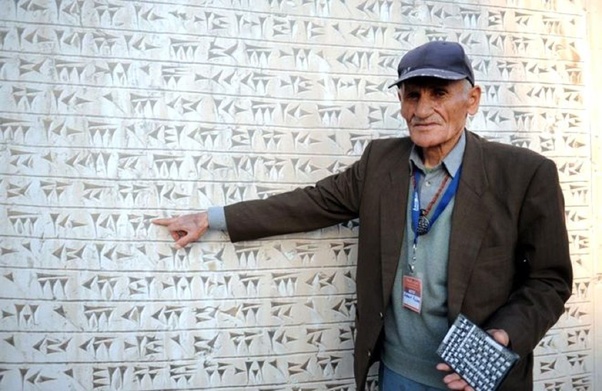



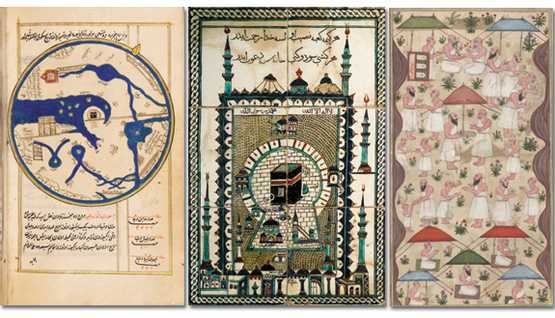
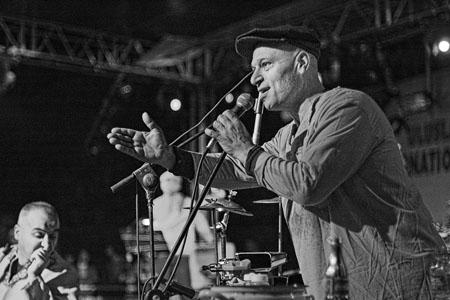
 Armenian-Turkish singer Arto Tuncboyaciyan/Wikimedia Commons
Armenian-Turkish singer Arto Tuncboyaciyan/Wikimedia Commons
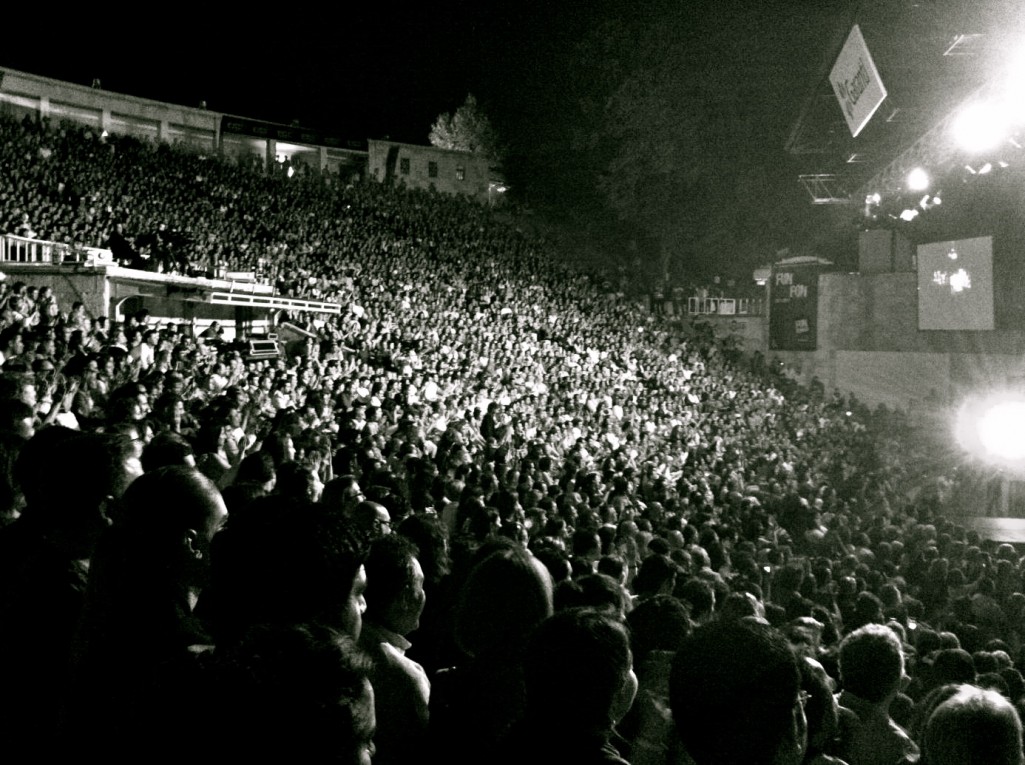 Thousands crowded into the Harbiye Open Air Theatre for / by Poe Aslan
Thousands crowded into the Harbiye Open Air Theatre for / by Poe Aslan
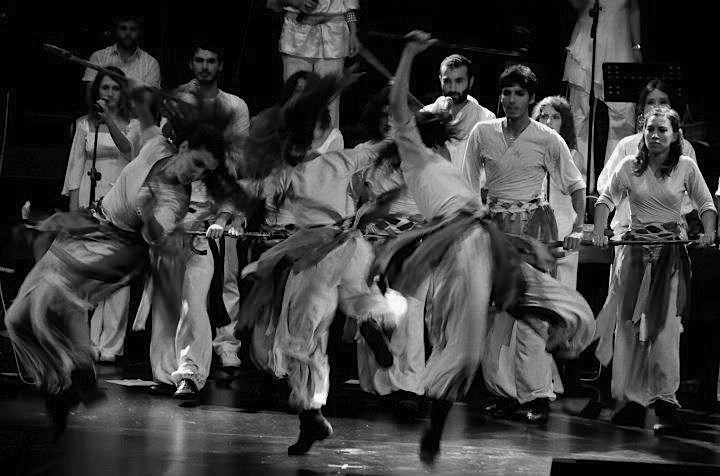 A dance group takes to the stage during/ via the Kardeş Türküler FB page
A dance group takes to the stage during/ via the Kardeş Türküler FB page
